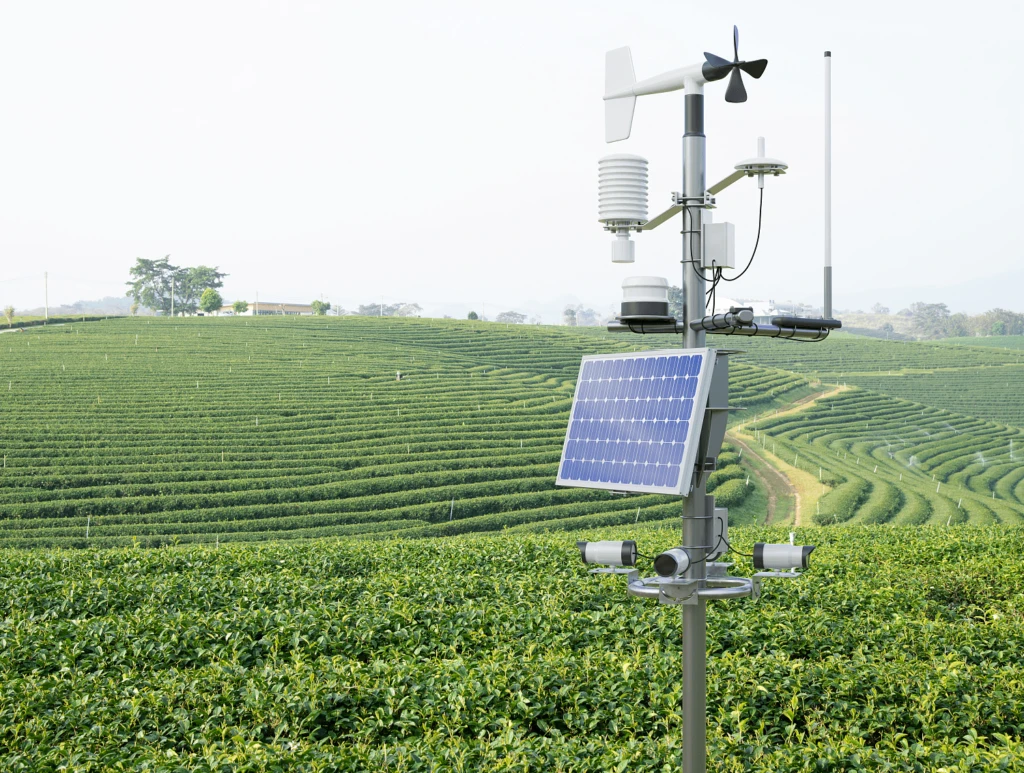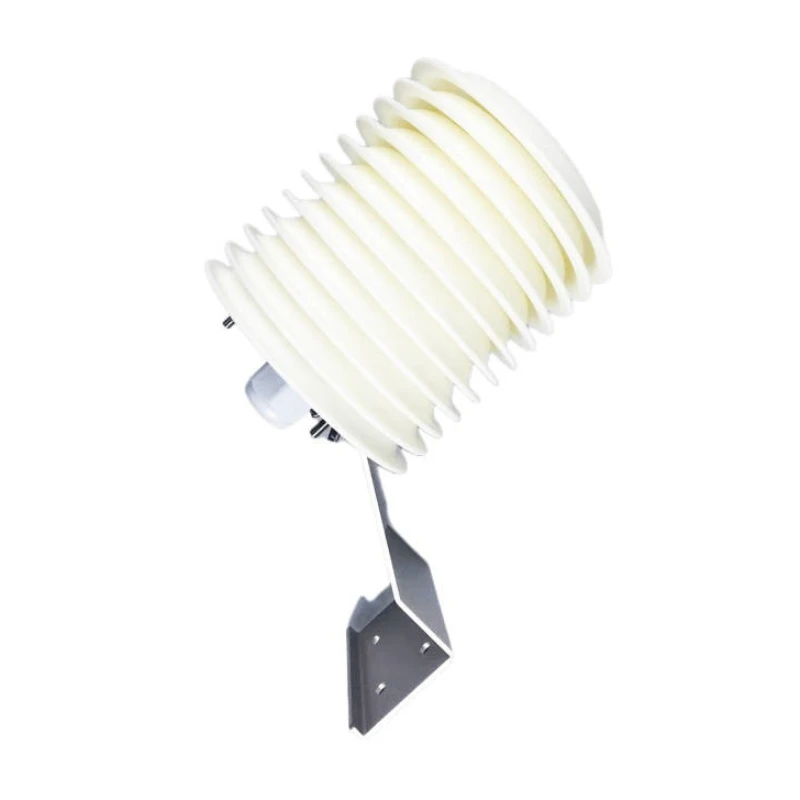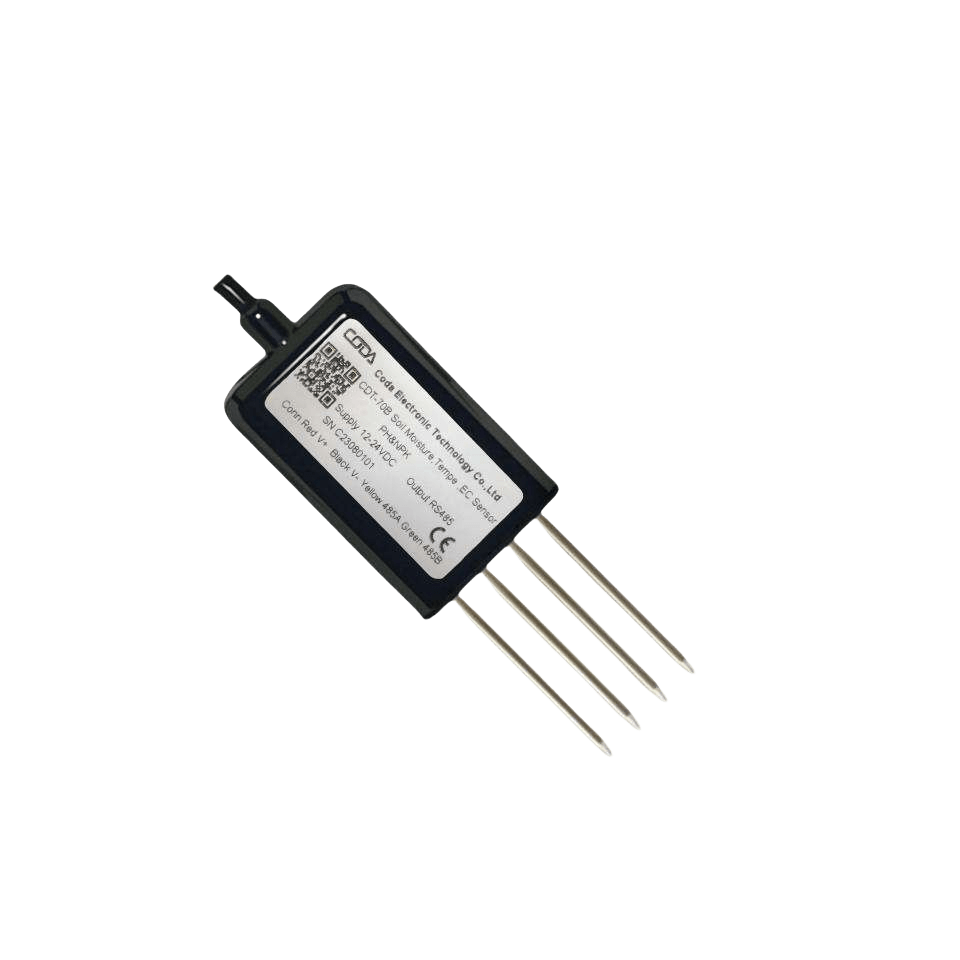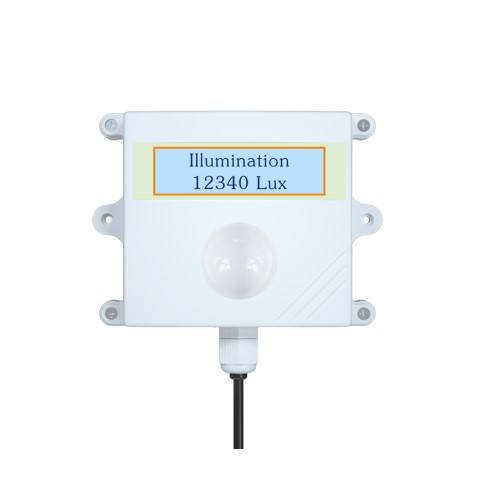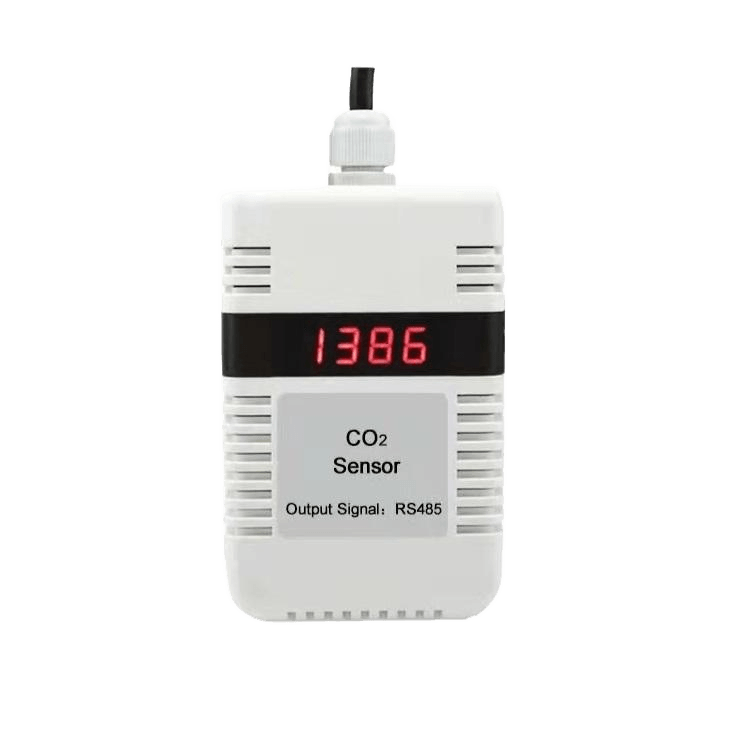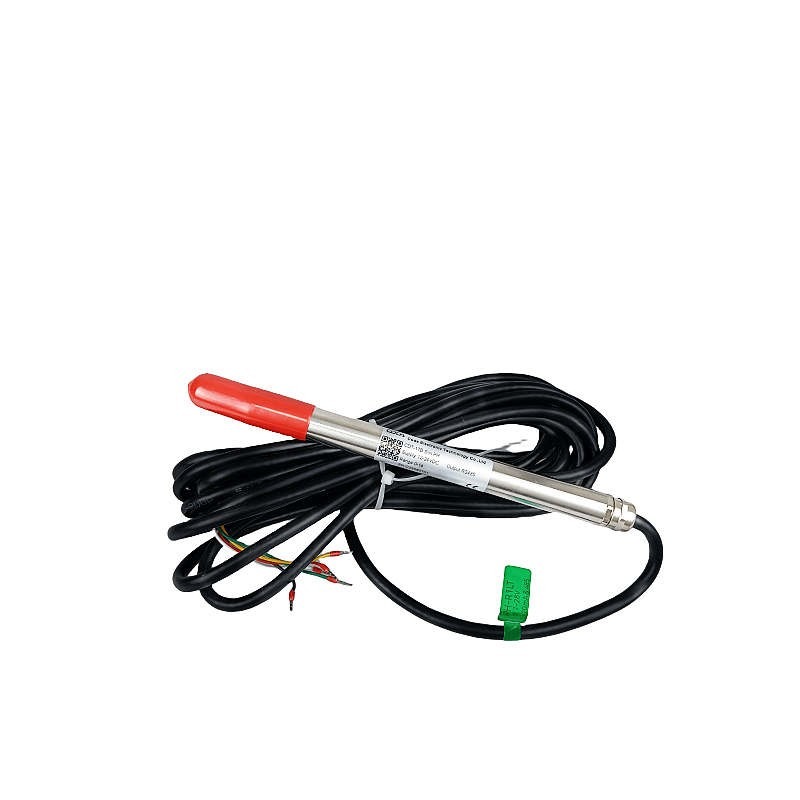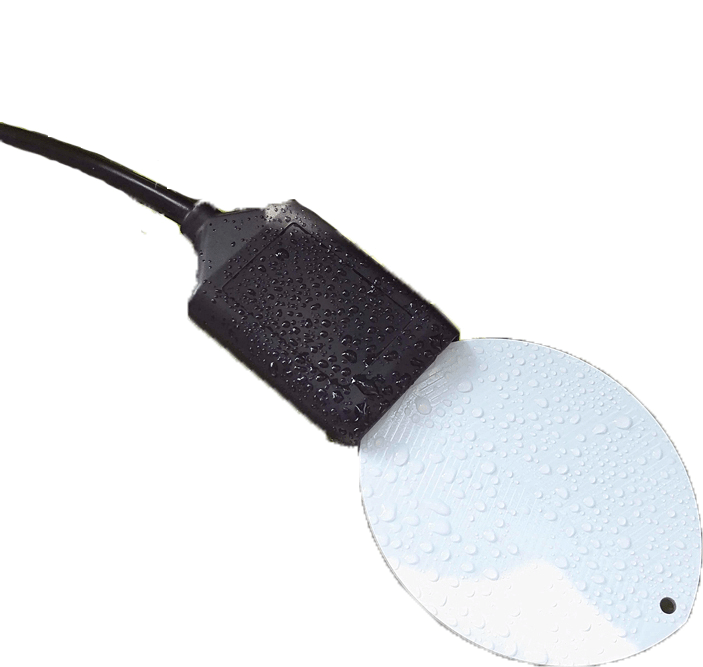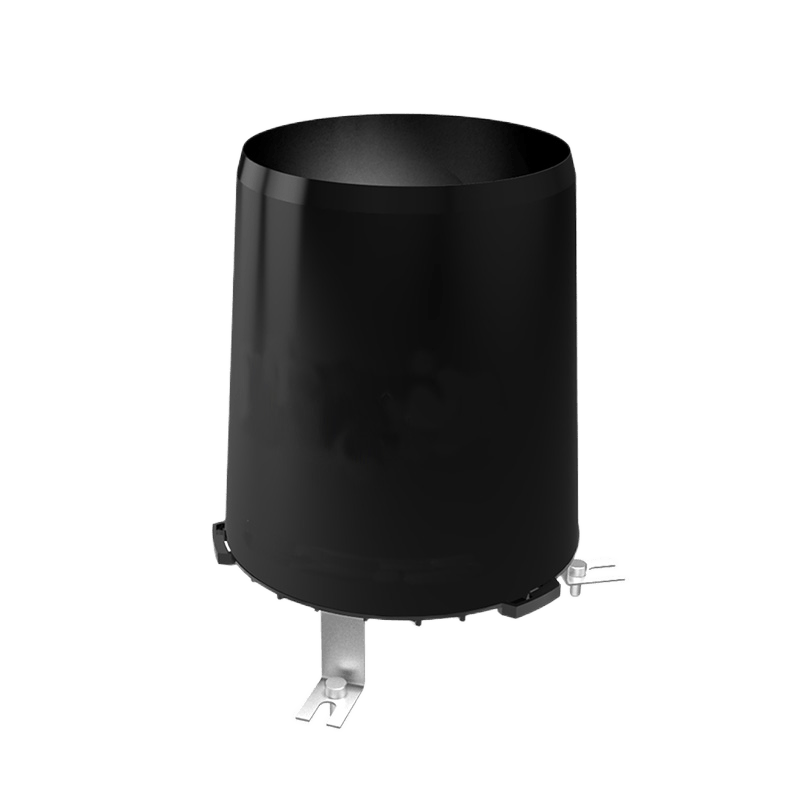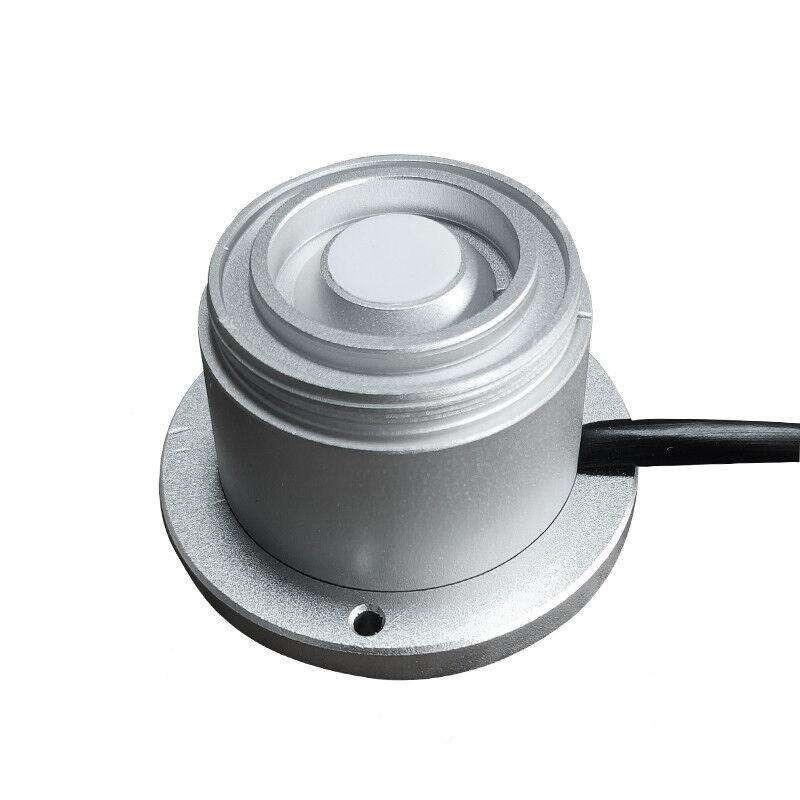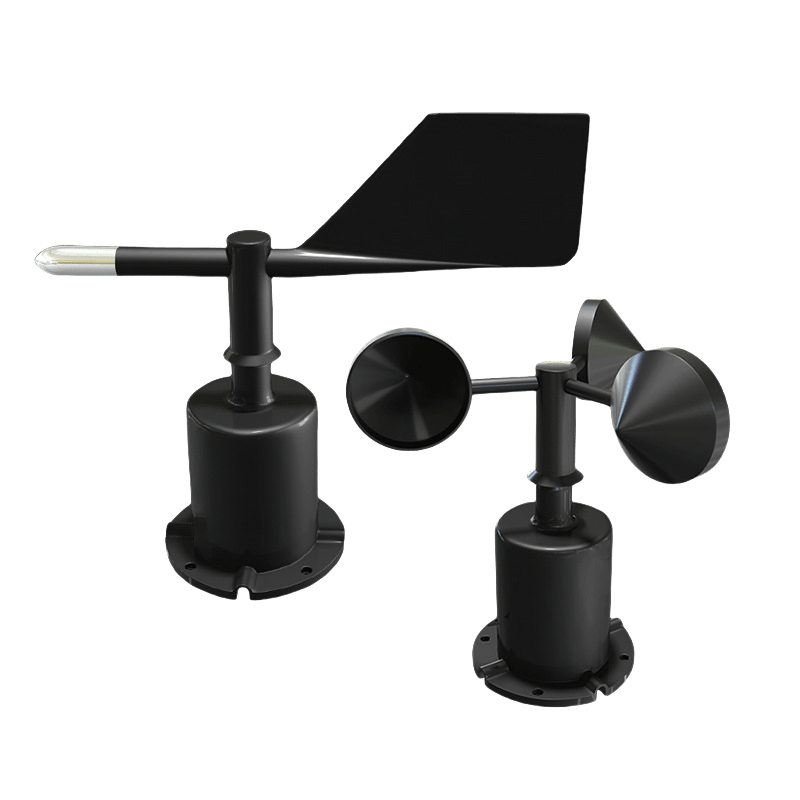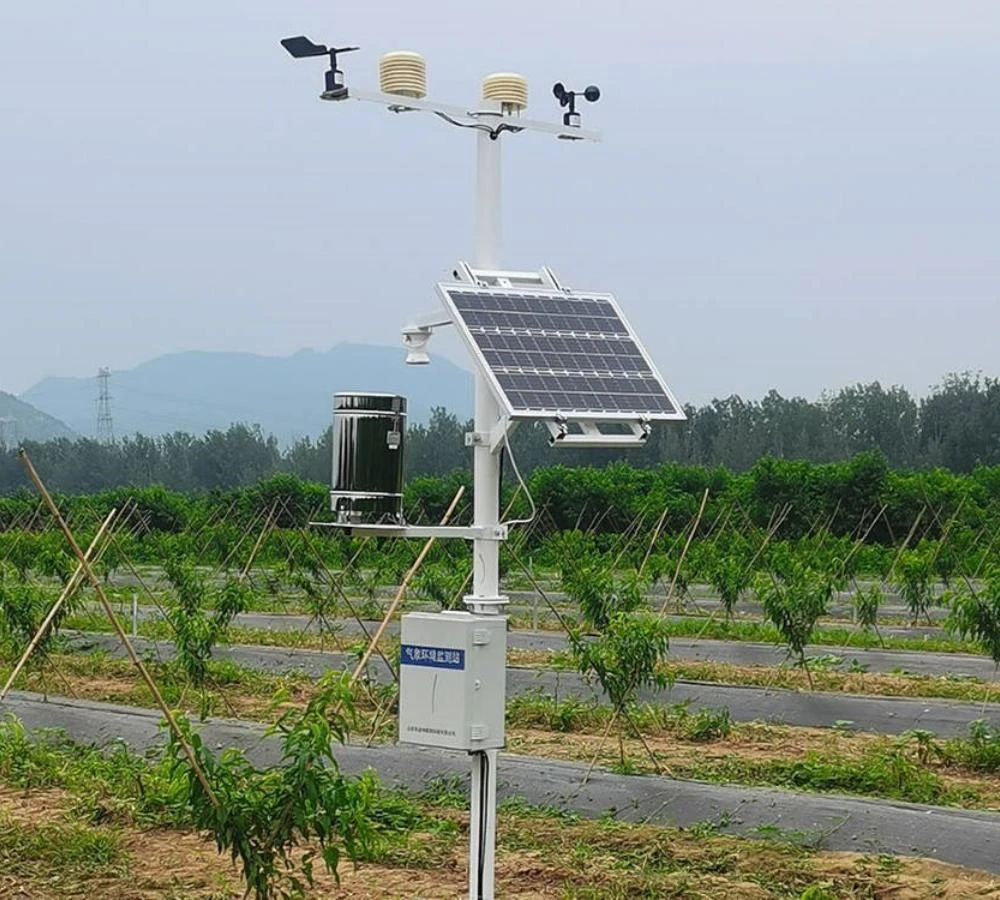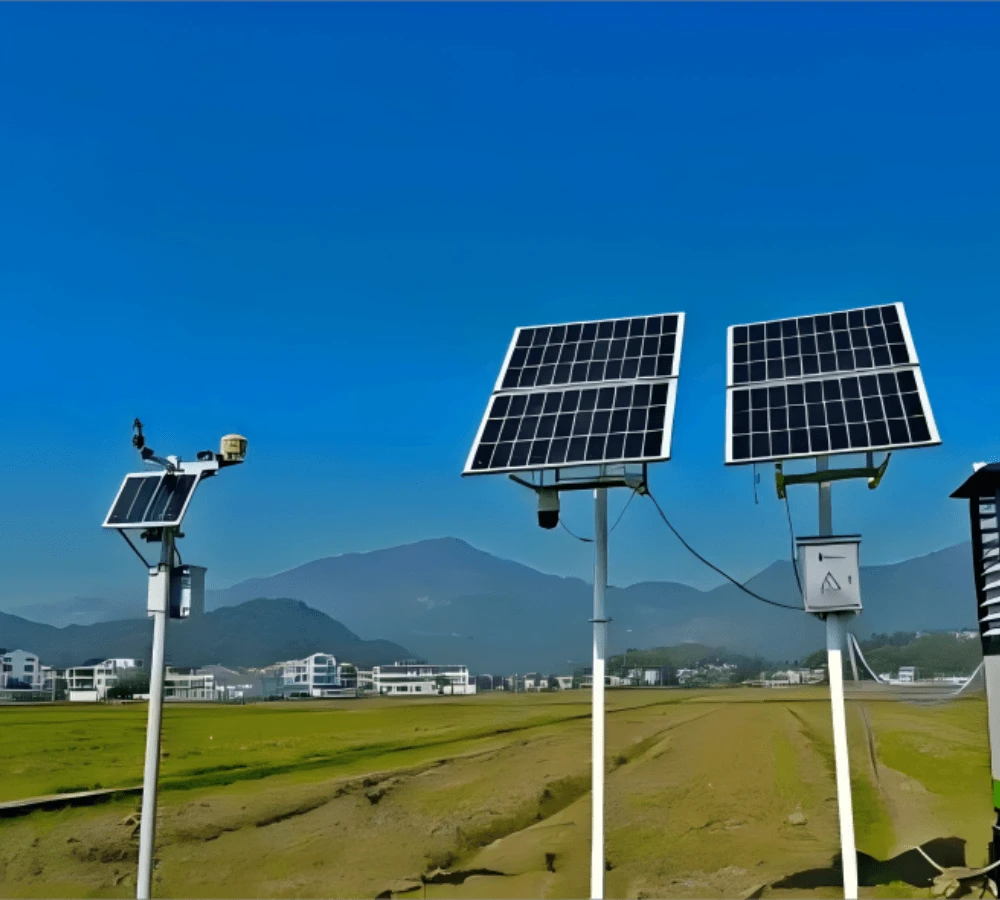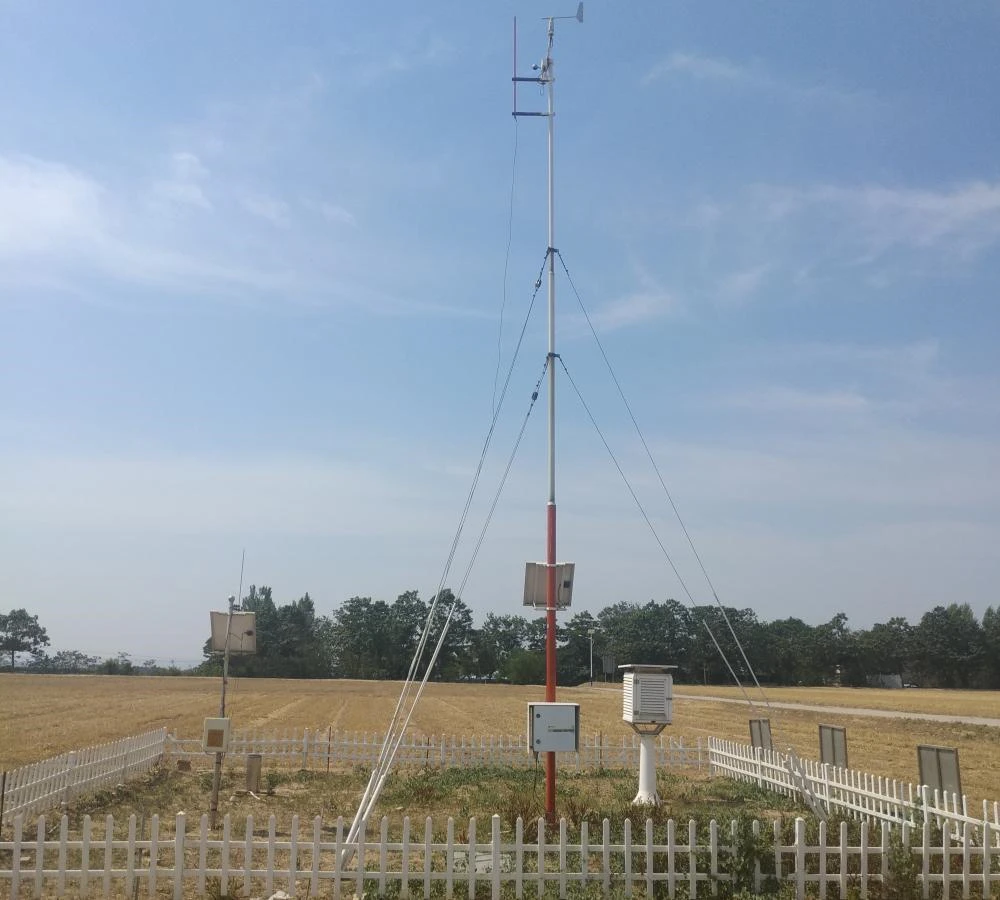Smart agriculture industry solution
Home » Smart Agriculture Industy Solution
development of smart agriculture industry solution
Modern technology helps smart farming. This includes the Internet of Things, large data sets, and smart technology. It helps us find solutions. It also improves how we gather information, collect data, analyze it, and use it in farming.
Sensor technology
New high-precision sensors for farming are being created. These sensors can better measure temperature, humidity, soil nutrients, and crop health. They give more information to help with farming.
Intelligent agricultural machinery equipment
The use of new smart farming machines, such as unmanned planters and plant protection machines, has brought big changes. These machines have automatic driving systems. These advanced machines make farming easier. They also greatly improve efficiency in operations.
IoT and Big Data Analytics in Agriculture

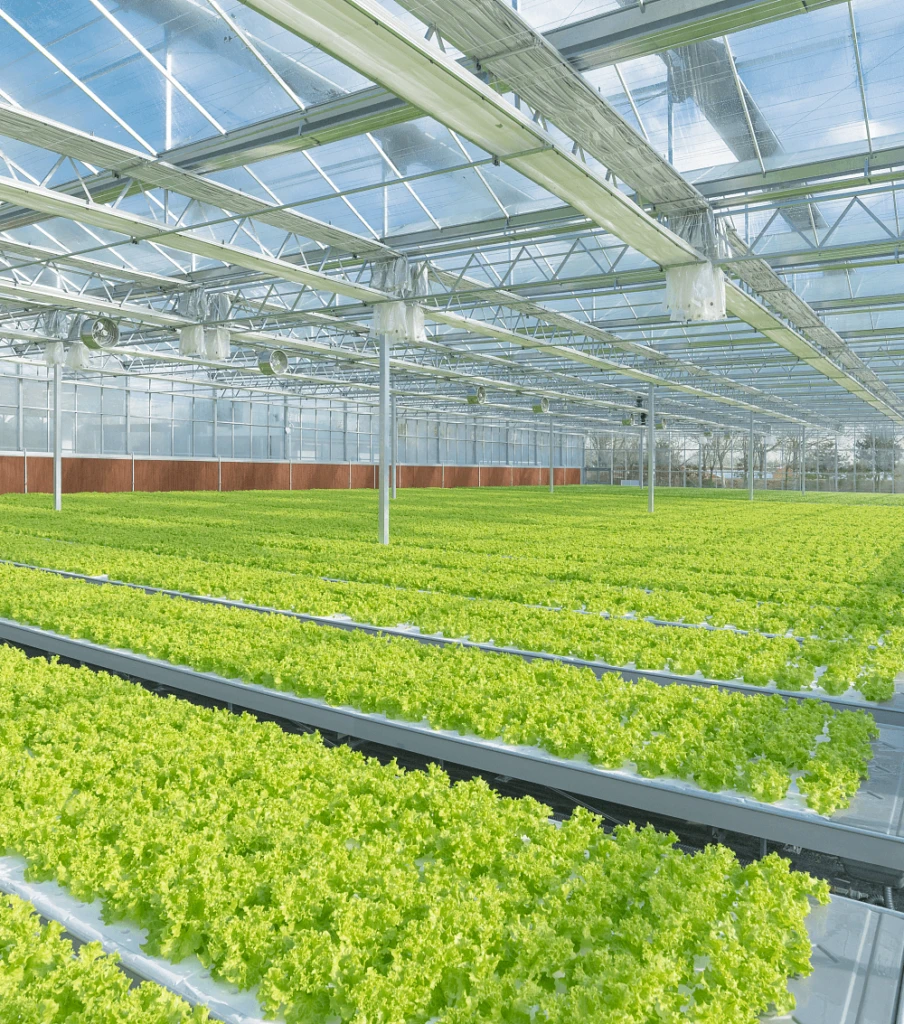
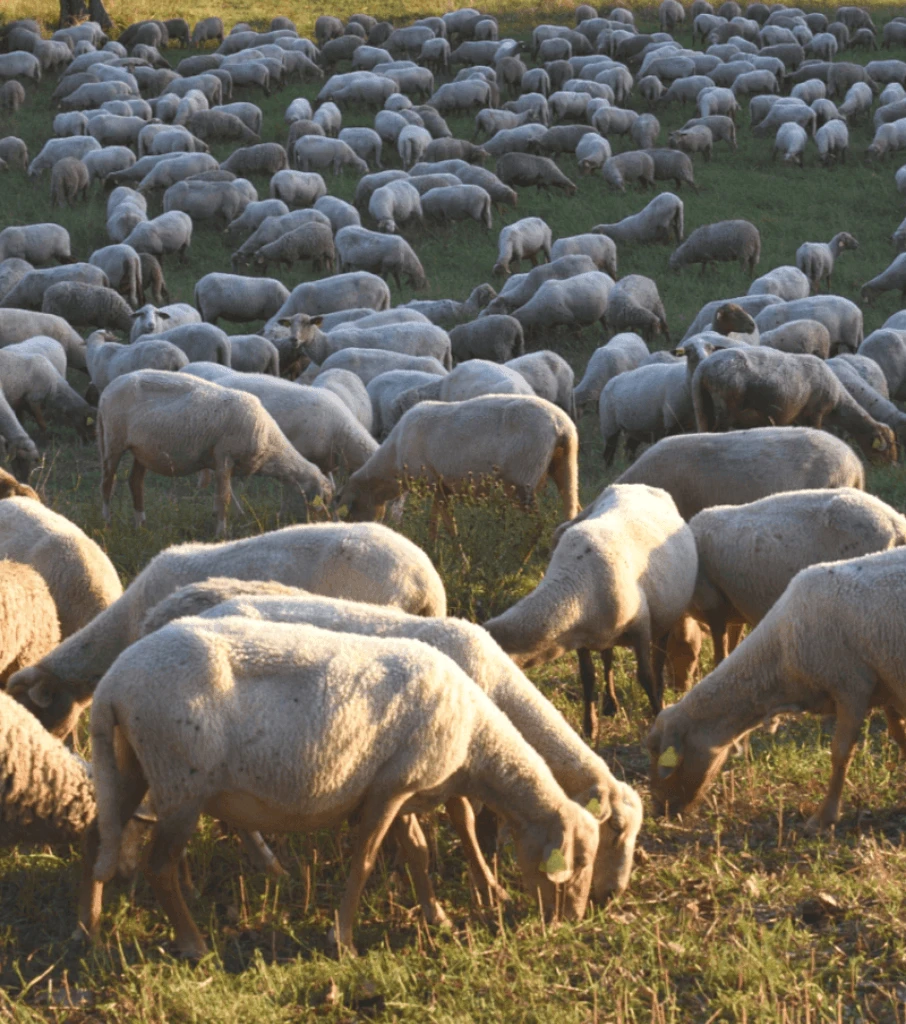
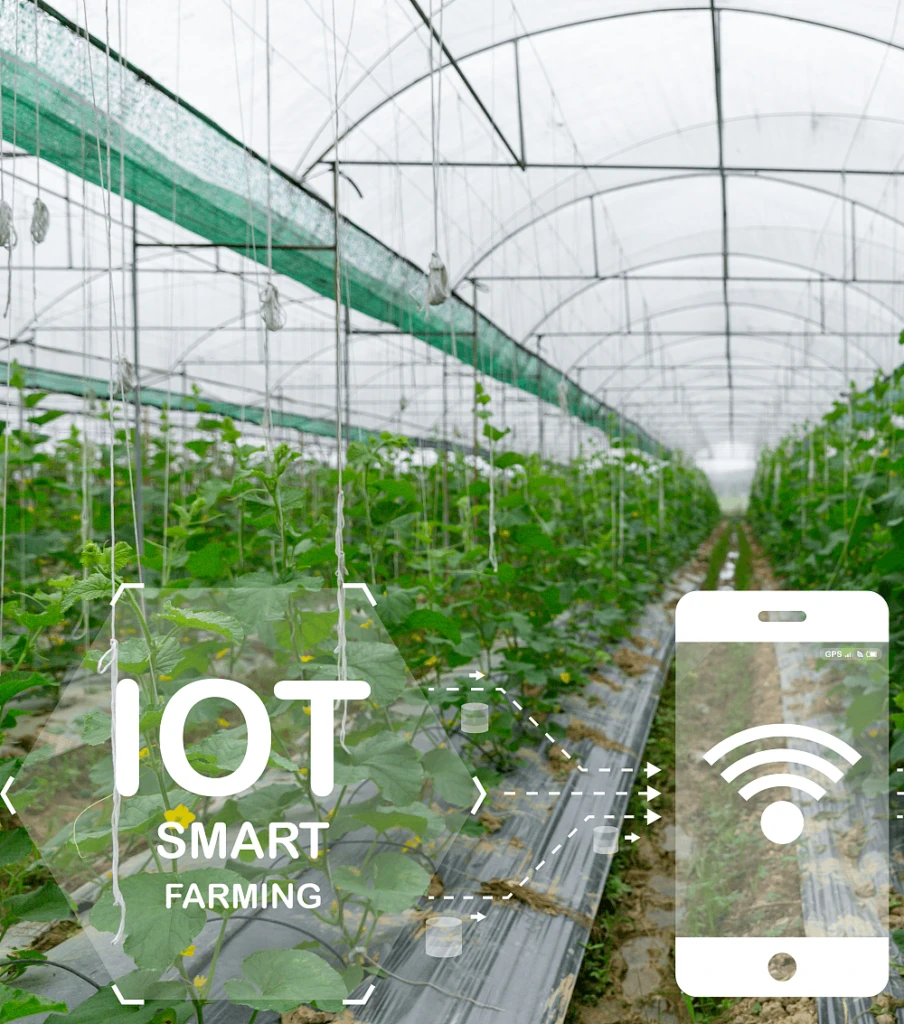
The application of sensors in smart agriculture
Air&Soil Temperature sensor
Function: Measure the temperature of air, soil, and other places. In farming, temperature has a big impact on how crops grow and develop. Different crops need certain temperature ranges to grow well. For rice, the best temperature during the tillering stage is usually 25-30 ℃.
A temperature sensor can detect changes in temperature in real time. When the temperature goes beyond the safe range, the system can sound an alarm. This tells farmers to act. They can change the greenhouse temperature using control tools.
Air&Soil Humidity sensor
Function: This device measures the moisture in the air and the soil. The humidity level of the air holds significant sway over the transpiration process of crops.
Transpiration is a key process. It is when plants release water vapor. The amount of humidity in the air can help or hurt this process. Soil moisture is directly linked to how well crop roots can absorb water.
Illuminance Sensor
Function: It is very important to detect light intensity, light duration, and light quality in modern agriculture. Light is the main source of energy for photosynthesis. This is the process where plants change light energy into chemical energy. They use this energy to grow and get stronger.
CO2 Transmitter
Function: Measuring carbon dioxide levels in the environment is very important for modern farming. Carbon dioxide is a key ingredient for photosynthesis. This process helps plants change light energy into chemical energy. It allows them to grow and thrive.
Soil PH
Function: The examination of soil pH is a cornerstone in the domain of agricultural science and practice. Soil pH is very important. It greatly affects how easily plants can access nutrients in the soil.
It acts as a key factor that determines the chemical forms and solubilities of many important elements. Plants need these things to grow and live.
Soil EC
Function: The device is important for farming. It is made to measure how well the soil conducts electricity. This measurement plays a significant role in understanding the characteristics of the soil.
The level of ionization of soil nutrients affects electrical conductivity. This means it can help us understand how fertile the soil is. For example, when improving saline-alkali land, sensors can check changes in soil salt levels.
Rain Sensor
Function: Real-time rainfall monitoring and soil moisture sensors have changed how farmers irrigate their fields. The real-time rainfall monitoring system tracks how much it rains and how hard it rains in the farm area.
Such data is of fundamental importance because it has a direct bearing on the levels of soil moisture. When it rains heavily, the system records all the details. It then sends this information to the main control unit.
Leaf Wetness Sensor
Function:Leaf surface temperature plays a significant role in the process of photosynthesis. Every plant species usually has a best range for leaf surface temperature. When the leaf surface temperature is in this range, photosynthesis works at its best efficiency.
PAR Sensor
Function:Every crop has its own unique light compensation point and light saturation point. The light compensation point is the level of light where photosynthesis and respiration balance. At this point, the carbon dioxide absorbed by photosynthesis is equal to the carbon dioxide released during respiration.
At this light intensity level, the plant is in a balanced state. The energy it makes and uses is the same.
Wind Sensor
Function: In farms like greenhouses, wind sensors can measure wind speed and direction in real time. When the indoor temperature or humidity is too high, we can monitor the wind direction.
This helps us control how wide the ventilation equipment opens and which way it faces. This includes exhaust fans and windows. Fresh air can come in easily by doing this.
It will get rid of extra heat and water vapor. This keeps a suitable temperature and humidity for crop growth.
Smart agriculture Customer Case
Background:
Shouguang, in Shandong Province, is known as a famous vegetable hometown in China. It has a large planting area and many types of vegetables.
Smart Agriculture equipment:
In a place where vegetables are grown, many precise sensors have been installed.
To begin, we have set up temperature sensors. They play an important role in checking the surrounding temperature. These sensors are very accurate at detecting changes in temperature. During the day, when the sun shines brightly and might cause a rapid rise in temperature, the sensors can promptly capture this upward shift.
Similarly, at night, when the temperature typically drops, they can precisely record these decreases as well. This information about temperature changes is important for understanding the environment that the vegetables face.
Results:
The use of advanced farming technologies has greatly improved the yield and quality of vegetables. By using precise environmental control systems, we can improve the growth conditions for vegetables.
Background:
The NENA region in Morocco has unique geography and climate. It mainly relies on rain-fed farming for much of its agriculture. At first, the lack of water and high costs of big irrigation systems made rain-fed farming the best option.
In this area, the normal rainfall pattern has determined when to plant. It also affects the types of crops that can be grown.
Farmers often grow grains like wheat and barley. These crops grow better when rainfall changes. (10M weather support)
Smart Agriculture equipment:
The rainwater monitoring module gathers information on rainfall, how hard it rains, rainwater quality, and soil moisture. It sends this data in real-time to the smart irrigation control system.
The smart irrigation control system analyzes and processes the data it receives.
Results:
In the past year, the planting base improved rainwater use by 40%. It also cut irrigation water costs by 25%. Additionally, crop yield increased by 15% compared to last year. These changes brought important economic and environmental benefits.
Background:
I am working on a project about smart ways to manage water in farming. The goal is to cut down on water waste.
Smart Agriculture equipment:
Soil moisture sensor: It covers all areas of the farmland. It keeps track of soil moisture data at different depths. We can measure some physical traits, like the soil’s dielectric constant, to show the soil moisture level accurately.
Meteorological sensors include rainfall, temperature, humidity, and wind speed sensors. They gather weather data from farms. Rainfall sensors measure rain accurately.
Smart irrigation control system: It uses data analysis to create watering instructions automatically. It controls when to start and stop irrigation equipment using wireless technology. And It also changes how much water is used and the time for watering.
Results:
LEAVE A MESSAGE
Just tell us your requirements, we can do more than you can imagine.

Welcome to Hunan CODA Electronic Technology Co., LTD
- Building S5, Oakes Plaza, Changsha, Hunan
- Monday to Friday: 9:00 a.m. to 20:00 p.m
- (+86)17775769236
- [email protected]
